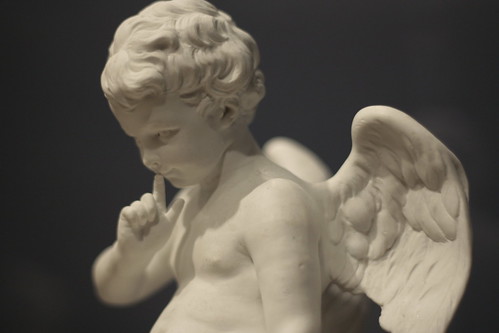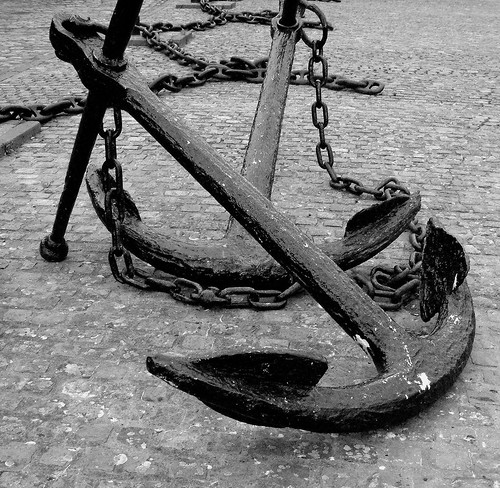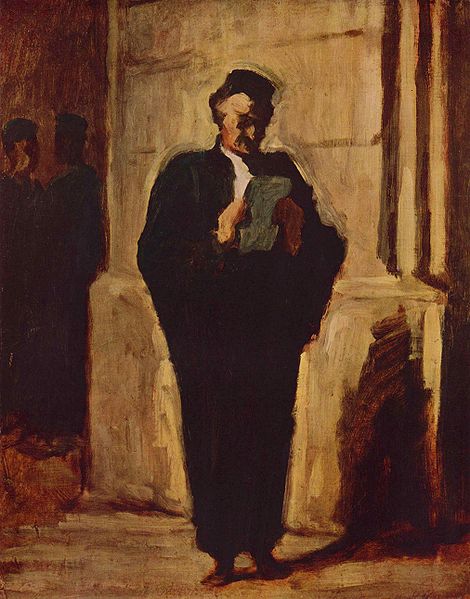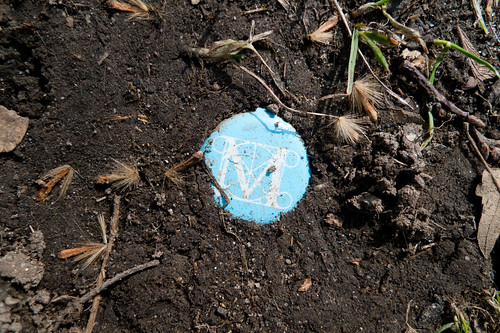Many moons ago, when I was in college, I rarely pulled an all-nighter. I had too hard a time staying up until the wee hours of the morn. But now, when my internal clock sees to it that I’m wide awake in the middle of the night, I have come to understand what I missed way back when. Pulling an all-nighter is fun, especially when you have someone to keep you company.

Flooding the lobby, the halls and the stairwells of the JCC, some of us came for the cheesecake, others in search of companionship and still others for the learning, which ran the gamut from traditional text study to film screenings and classes in meditation and dance.
What was most striking, though, wasn’t the wide and determinedly untraditional array of classes or the spiritedness of those who, in the middle of the night, were avidly engaged in a discussion of one fine point or another. What was most eye-opening, even exhilarating, was the heterogeneity of those in attendance.
The variegatedness of modern Jewish life is often cause for dismay, much less the butt of humor. Most of the time, American Jewry shuttles between joking and fretting about its seemingly characterological inability to agree on anything.
But last Tuesday night, when so many different kinds of Jews came together under one roof and in celebration rather than protest, our variegatedness was, quite literally, a sight to behold and applaud.










